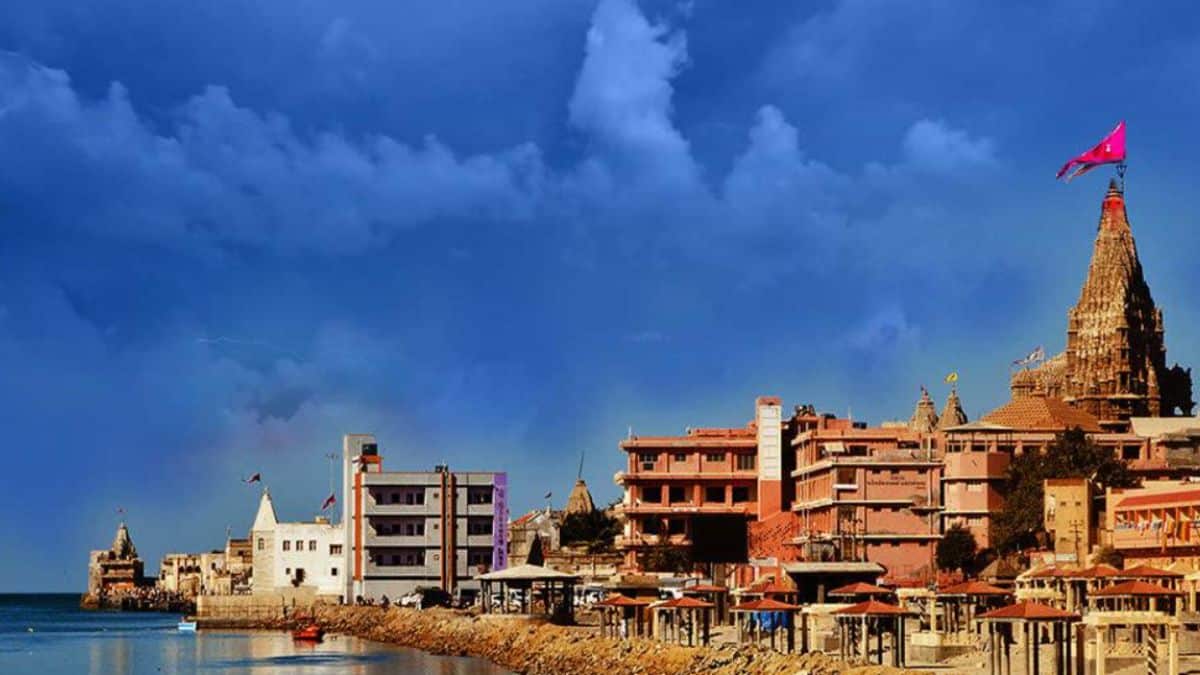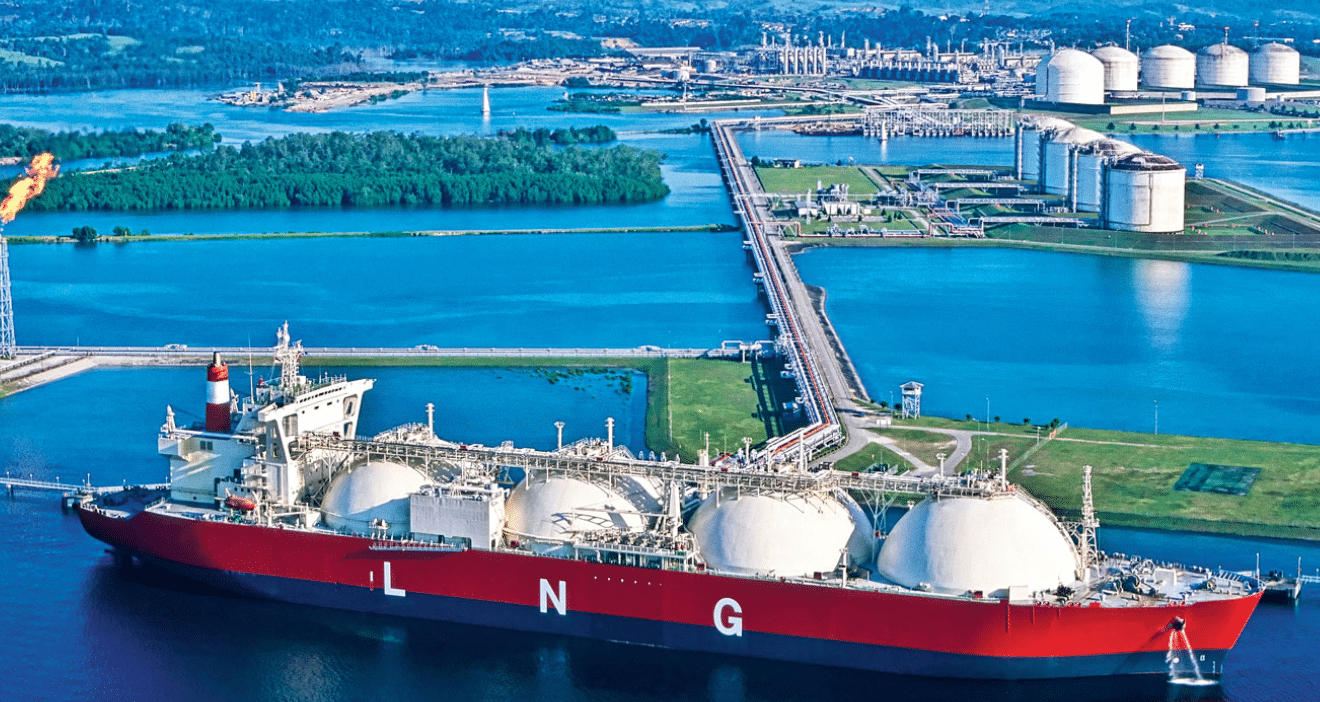Dwarka: Prime Minister Narendra Modi on Sunday offered prayers at the Dwarkadhish Temple in Gujarat’s Dwarka, by diving into deep water. In this article, we will explore how and why the divine city of Dwarka which was built by Lord Krishna himself got inundated.
also read: Sudarshan Setu: Discover the 8 Best Amazing Peculiarities of the Bridge
Introduction: Dwarka Inundation
In the serene embrace of the Arabian Sea lies a tale as old as time, whispered through the ages and woven into the fabric of Hindu mythology—the story of Dwarka, the divine city of Lord Krishna. Steeped in legend and submerged in mystery, Dwarka stands as a testament to the ebb and flow of civilizations, where the terrestrial and the celestial intertwine in a dance of cosmic proportions.
Ancient City Dwarka & Inundation
According to ancient Hindu scriptures, Dwarka was not just a city; it was a realm of divine splendor, crafted by the hands of Lord Krishna himself. As the scriptures narrate, when Krishna departed from the mortal realm to ascend to the spiritual world, the age of Kali descended upon the earth, casting its shadow upon the once-thriving city of Dwarka. With the advent of Kali Yug, the city and its inhabitants were consigned to the depths of the ocean, submerged beneath the relentless waves—a poignant testament to the transient nature of worldly existence.
Yet, the echoes of Dwarka’s glory endure through the annals of time. Modern-day Dwarka, one of the seven sacred towns of Hinduism, beckons pilgrims from far and wide, drawn by the allure of Krishna’s divine abode. The quest to unveil the submerged remnants of this ancient citadel began decades ago, fueling the imaginations of archaeologists and historians alike.
In the 1930s, the search for Dwarka’s submerged vestiges commenced in earnest, culminating in the first archaeological excavations in 1963. The discoveries unearthed tantalizing glimpses of a bygone era—fortified foundations, stone blocks, pillars, and irrigation systems—each fragment offering a window into Dwarka’s storied past.
The dating of these vestiges, however, remains a subject of scholarly debate, with competing theories positing origins ranging from 3,000 to 1,500 years BC or possibly from the Middle Ages. Nevertheless, the archaeological finds, coupled with the presence of ancient stone anchors and the expansive submerged footprint of Dwarka, hint at its erstwhile role as a bustling trade port.
Indeed, the etymology of the name “Dwarka,” meaning “door” or “gate” in Sanskrit, lends credence to the hypothesis that this fabled city served as a gateway for maritime trade between the Indian subcontinent and the Arabian realms during the 15th to 18th centuries. Dwarka, with its strategic location at the confluence of the River Gomti and the Arabian Sea, likely facilitated exchanges between distant shores, fostering a vibrant nexus of cultural and commercial interchange.
However, amidst the tapestry of historical inquiry lies the poignant mythos of Krishna’s departure and Dwarka’s submersion. According to legend, Krishna beseeched the ocean god, Samudra, for land upon which to build his celestial city. Granting his request, Samudra yielded 12 yojans of land, which Krishna transformed into the radiant city of Dwarka—once known as Kushasthali, now immortalized as Dwaravati.
Yet, with Krishna’s transcendence marking the end of Dvapara Yug and the onset of Kali Yug, the fate of Dwarka was sealed. As the cosmic cycles turned, the city succumbed to the embrace of the sea, becoming a submerged relic of bygone majesty.
Conclusion: Dwarka Inundation
Today, the legacy of Dwarka endures as a testament to the interplay of myth and history, where the sacred and the secular converge in a timeless narrative of spiritual grandeur. As pilgrims flock to its hallowed shores, they bear witness to the enduring legacy of Lord Krishna and the immortal city he once called home—a beacon of divine light amidst the depths of the ocean’s embrace.
also read: Krishna’s Dwarka: The mysterious submersion of this lost city










